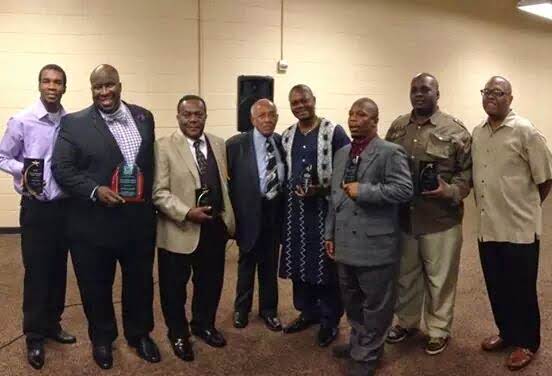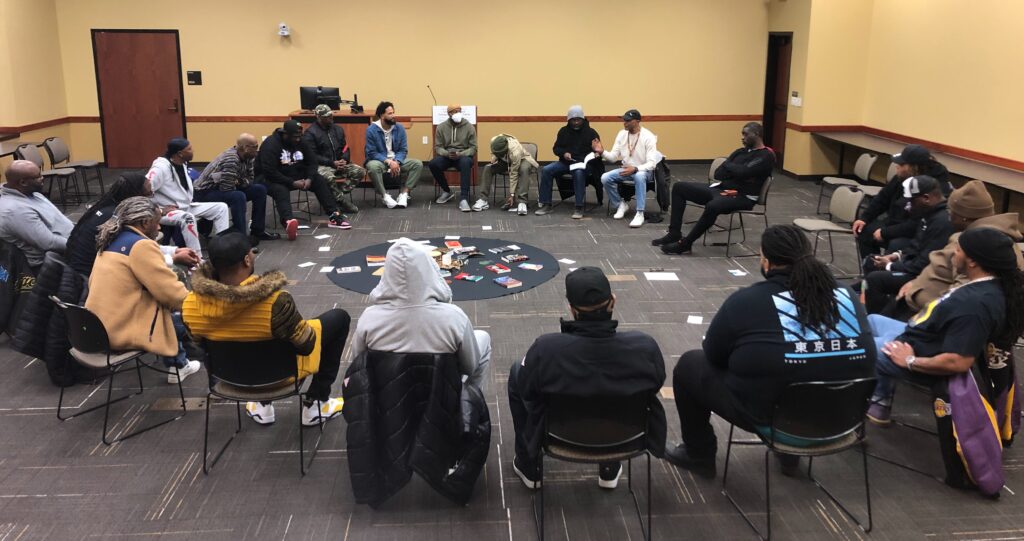Restorative practices are a powerful tool for building positive relationships, resolving conflicts, and creating a sense of belonging. Here are 20 tips for incorporating restorative practices into your everyday life:
Building Relationships
- Active Listening: Give attention to the speaker, maintain eye contact, and use verbal and nonverbal cues to show understanding.
- Empathy: Try to understand the other person’s perspective and feelings, even if you disagree with them.
- Positive Reinforcement: Acknowledge and appreciate others’ efforts and contributions, no matter how small.
- Regular Check-ins: Schedule regular check-ins with friends, family, and colleagues to strengthen your relationships.
- Shared Experiences: Engage in activities that promote bonding and connection, such as shared hobbies, volunteering, or group outings.
Resolving Conflict
- Stay Calm: Take a deep breath and count to ten before responding to a conflict.
- “I” Statements: Express your feelings and needs using “I” statements, such as “I feel hurt when…”
- Active Listening: Listen to the other person’s perspective without interrupting or judging.
- Seek Common Ground: Find areas of agreement to build a foundation for resolution.
- Brainstorm Solutions: Work together to develop mutually beneficial solutions.
Creating a Positive Environment
- Positive Language: Use positive language and avoid damaging or judgmental statements.
- Inclusive Language: Use inclusive language that avoids stereotypes and biases.
- Community Building: Organize community events and activities to foster a sense of belonging.
- Shared Decision-Making: Involve others in decision-making processes.
- Celebrate Diversity: Acknowledge and appreciate differences.
Self-Care
- Mindfulness: Practice mindfulness techniques, such as meditation or yoga, to reduce stress and increase self-awareness.
- Self-Compassion: Be kind to yourself and practice self-forgiveness.
- Healthy Boundaries: Set and maintain healthy boundaries in your relationships.
- Seek Support: Reach out to friends, family, or a therapist for support when needed.
- Regular Reflection: Take time to reflect on and learn from your experiences.
By incorporating these restorative practices into your daily life, you can build stronger relationships, resolve conflicts more effectively, and create a more positive and inclusive environment for yourself and others.
20 Restorative Practitioner Tips for Personal and Community Healing
Personal Healing
- Practice Self-Compassion: Treat yourself with kindness and understanding, just as you would a friend.
- Mindful Breathing: Engage in regular deep breathing exercises to calm your mind and body.
- Journaling: Write about your thoughts and feelings to gain clarity and perspective.
- Nature Connection: Spend time in nature to reduce stress and connect with the natural world.
- Limit Screen Time: Reduce exposure to digital devices to improve mental and emotional well-being.
- Healthy Lifestyle: Prioritize a balanced diet, regular exercise, and sufficient sleep.
- Seek Professional Help: Consult a therapist or counselor to address underlying issues.
- Set Boundaries: Establish healthy boundaries with others to protect your energy and well-being.
- Practice Gratitude: Focus on the positive aspects of your life to cultivate gratitude.
- Learn to Say No: Set limits on your commitments to avoid burnout.
Community Healing
- Active Listening: Give your full attention to others and validate their experiences.
- Empathy: Understand and share the feelings of others.
- Conflict Resolution: Use restorative practices to resolve conflicts peacefully.
- Community Building: Organize events and activities that foster connection and belonging.
- Social Justice Advocacy: Support causes that promote equality and justice.
- Intergenerational Dialogue: Bridge generational divides through meaningful conversations.
- Cultural Humility: Learn about and respect diverse cultures and perspectives.
- Volunteerism: Give back to your community and make a positive impact.
- Community Circles: Facilitate open and honest dialogue in group settings.
- Restorative Tool and Approaches: Promote restorative practices in legal and educational systems.
20 Lifestyle Recovery tips for someone considering a significant life change:
- Start with Self-Reflection: Take time to understand your values, needs, and what truly matters to you.
- Define Your “Why”: Clearly articulate your reasons for wanting change. This will be your motivation.
- Set Realistic Goals: Break down big changes into smaller, manageable steps.
- Prioritize Self-Care: Focus on physical, emotional, and mental well-being (sleep, nutrition, exercise).
- Build a Support System: Connect with supportive friends, family, or support groups.
- Practice Mindfulness: Be present in the moment and observe your thoughts and feelings without judgment.
- Develop Healthy Coping Mechanisms: Identify and practice healthy ways to manage stress and triggers.
- Cultivate Gratitude: Regularly acknowledge and appreciate the positive aspects of your life.
- Embrace Imperfection: Understand that setbacks are a part of the process, not failures.
- Learn from the Past, Don’t Dwell: Acknowledge past mistakes, but focus on moving forward.
- Establish a Routine: Create a structured daily or weekly routine to provide stability.
- Find Purpose and Meaning: Explore activities or hobbies that bring you joy and a sense of purpose.
- Practice Forgiveness: Forgive yourself and others to release resentment and promote healing.
- Set Boundaries: Learn to say “no” to things that don’t align with your goals or well-being.
- Focus on Progress, Not Perfection: Celebrate small victories and acknowledge your progress.
- Prioritize Healthy Relationships: Nurture positive relationships and distance yourself from toxic ones.
- Learn New Skills: Engage in activities that challenge you and promote personal growth.
- Practice Patience: Understand that significant change takes time and consistent effort.
- Stay Flexible: Be open to adjusting your plan as needed and adapt to unexpected challenges.
- Visualize Your Success: Regularly visualize yourself achieving your goals and living the life you desire.



